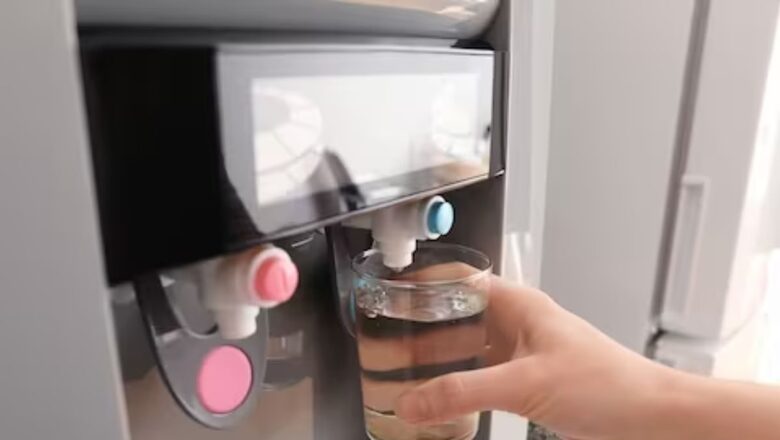
views
Water purifiers, particularly the RO (Reverse Osmosis) purifier system, are almost ubiquitous. They have become a necessity for many who prioritise consuming clean and purified water for their health and well-being. RO purifiers have found their way into offices, homes, and community centres, with ready availability at nearby stores and exhibitions.
The RO purifier system, known for its unique technology, is designed to prevent the accumulation of dissolved salts such as calcium and magnesium on the membrane through regular auto-cleaning. With a standard storage capacity of 12 litres, which may vary based on the model and size, these purifiers have gained immense popularity due to their effectiveness in providing access to clean water.
As the prevalence of RO purifiers continues to rise, questions have surfaced regarding the exact meaning and function of RO. Netizens on platforms like Quora have sought clarification on the acronym. RO stands for Reverse Osmosis, and its primary objective is to purify contaminated water by removing impurities like metal particles, sand particles, and Total Dissolved Solids (TDS). The entire process of filtration through RO is aptly termed Reverse Osmosis.
Analogous to the natural process occurring in the kidneys of humans and animals, where water is absorbed from the blood through reverse osmosis, this technology is particularly effective in regions with salty water or high TDS levels, such as coastal areas and borewells. UV purifiers are commonly employed in areas where water is naturally sweet.
This brings attention to the term TDS, which stands for Total Dissolved Solids. TDS includes various particles commonly found in water, contributing to an altered taste and, in some cases, potential harm to health. RO technology involves the passage of water through multiple membranes, effectively filtering out these particles and ensuring the water’s cleanliness.
While RO purifiers have become a preferred modern solution, some individuals still resort to boiling water before consumption, especially considering the potential cost associated with RO purifiers. This underscores the diverse approaches people take to secure access to clean water and the ongoing evolution of water purification methods in response to health and environmental considerations.

















Comments
0 comment